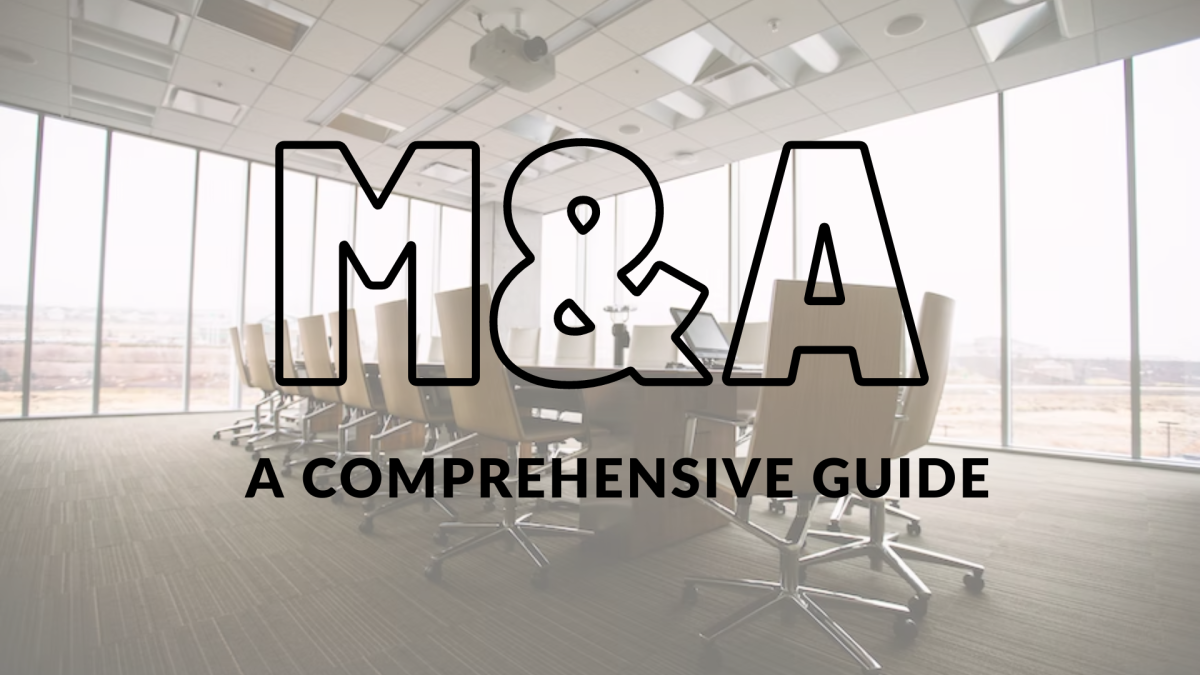Mergers and Acquisitions- A Comprehensive Guide

How do I Know What my Business is Worth?
October 21, 2022
Types of Business Acquisitions to Know
October 21, 2022Mergers and acquisitions (M&A) is a common practice in business. They help companies to grow, expand their markets, and improve their profitability. In this article, we will discuss all the aspects of M&A so that you can understand why it’s important for your company to do them or avoid them altogether!
What are Mergers?

Mergers are a way for two companies to combine their operations. They can be done for financial reasons, such as increasing the size of a company and its overall revenue, or they can be done because one company wants to reduce competition with another. In general, mergers tend to happen between similar-sized companies—the larger the two entities are compared with each other, the less likely it is that they’ll make an acquisition.
What are the types of Mergers?
- Horizontal merger. A horizontal merger is when two or more companies join together to become one. This is the most common type of merger and often involves a combination of companies in different industries, such as manufacturing and retailing, or banking and insurance.
- Vertical merger. A vertical merger involves combining companies that operate at different levels in an organization (e.g., salespeople with marketing). It differs from horizontal mergers because it occurs within a single business unit (i.e., a department), instead of across several departments or divisions within a larger company
What is an acquisition?
An acquisition is the purchase of one company by another. Acquisitions can be hostile or friendly, and they’re often used as a way for companies to grow, diversify their product lines or acquire new technologies. For example, if Google wants to expand its technology portfolio beyond search and advertising, it might buy Snapchat for its video content platform.
Acquisitions are also known as mergers, acquisitions-to-date (ATDs), and takeovers.
What are the types of acquisitions?
There are many different types of acquisitions, such as:
- Asset purchase. An asset purchase is a transaction that involves the acquisition of all or part of an operating business. The seller agrees to sell its assets to the buyer in exchange for consideration (usually cash).
- Business combination. A business combination is a transaction in which two or more companies combine their operations into one entity through a merger, acquisition or other arrangement between them.
- Joint venture. A joint venture may be considered as an arrangement between two or more partners for carrying out any activity in common with each other, whether it be manufacturing activities, research and development projects or distribution channels for goods/services etc., provided that each partner contributes capital funds equal to his/her share at least equal to 50% plus one share capital per partner except where there is no minimum requirement imposed by law; however if circumstances warrant then they can decide upon higher level support from participating investors beyond this 50% level within reason allowed under law.”
How do mergers and acquisitions work?
Mergers and acquisitions are a way for companies to grow. However, they can be done in a variety of ways:
- Hostile takeovers are when a company buys out one or more competitors with the intention of absorbing them into its own operations. This can be done through an offer from the acquirer, who makes an unsolicited bid for all outstanding shares of one or more target companies (the target company’s shareholders). If successful, this acquisition would make your firm the sole owner of all assets owned by your targeted rival businesses.
The benefits of mergers and acquisitions
Mergers and acquisitions (M&A) can be a great way to increase your business’s value, profits, and market share. Here are some of the benefits:
- Increased Revenue – By combining two companies together, you may be able to generate more revenue than either company would have been able to achieve individually. For example, if one of your competitors has $100 million in annual sales but you only have $100k annually then it makes sense for you to merge with them instead of competing against them head-to-head as separate entities. You’ll also gain access to their customers which could lead down an interesting path toward future growth opportunities!
- Improved Competition – If there are other businesses that exist in similar markets or industries then merging into one large entity will allow you access to new areas where none existed before because there would be no need for such competition between firms anymore since they’ll all work together towards common goals like increasing sales volume across multiple products lines rather than just focusing on one product line at once just because someone else might want what those other guys have got going on too! Plus when things go wrong economically speaking – which happens sometimes even though we try hard not too think about this stuff happening often enough – having fewer competitors around means less risk involved when investing capital into new projects/businesses etcetera so overall life becomes easier overall.”
The disadvantages of mergers and acquisitions
- Loss of jobs. Mergers and acquisitions are a drag on employment, both in the short term and over time. In addition to eliminating positions, they can also lead to job losses due to reduced efficiency and productivity.
- Decrease in efficiency. When companies merge, they often have overlapping functions or duplicated processes that have been inefficiently managed for years—but these problems aren’t easy to fix once you’ve made them part of your organization structure! If you’re looking for ways to improve efficiency and reduce costs through mergers & acquisitions (M&A), let us show you what we know about creating effective teams at every level: from top executives down through middle managers all the way down into your front-line employees.”
Conclusion
Mergers and acquisitions are both good and bad for your business. They can help you grow, but they can also be a distraction from what matters most: the quality of your product or service. The trick is to know when it’s time to make a move, but also not rush into one without thinking through all of the possibilities first.
Sometimes mergers and acquisitions are a good way to improve your business. They can make it faster, easier, and more cost-effective in many ways. Although, they take time to complete and there are always risks involved. However, if you’re planning on taking over another company soon then now might be a perfect time!
If you have more questions about the topic you can read this article.




